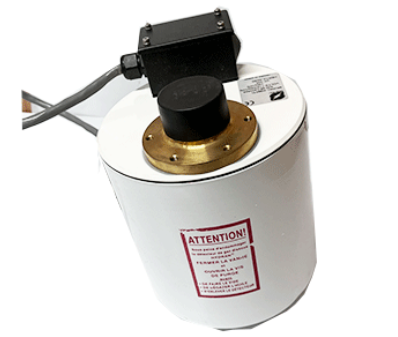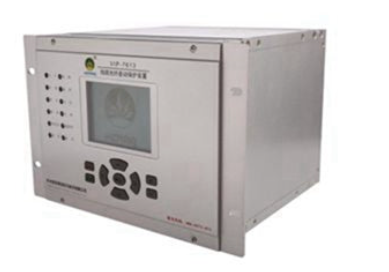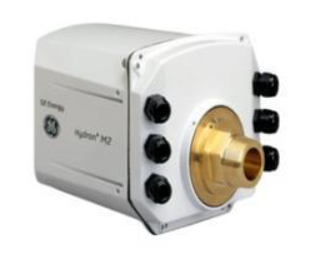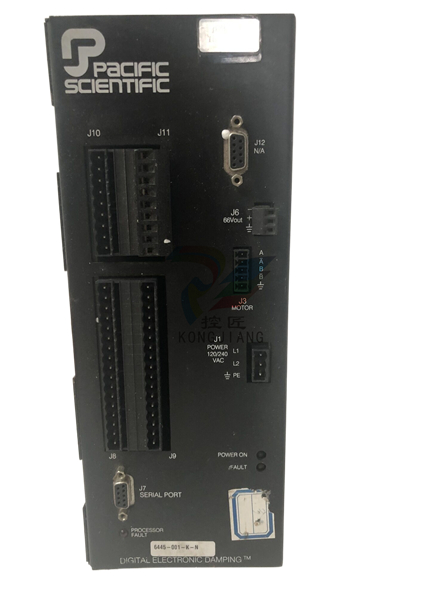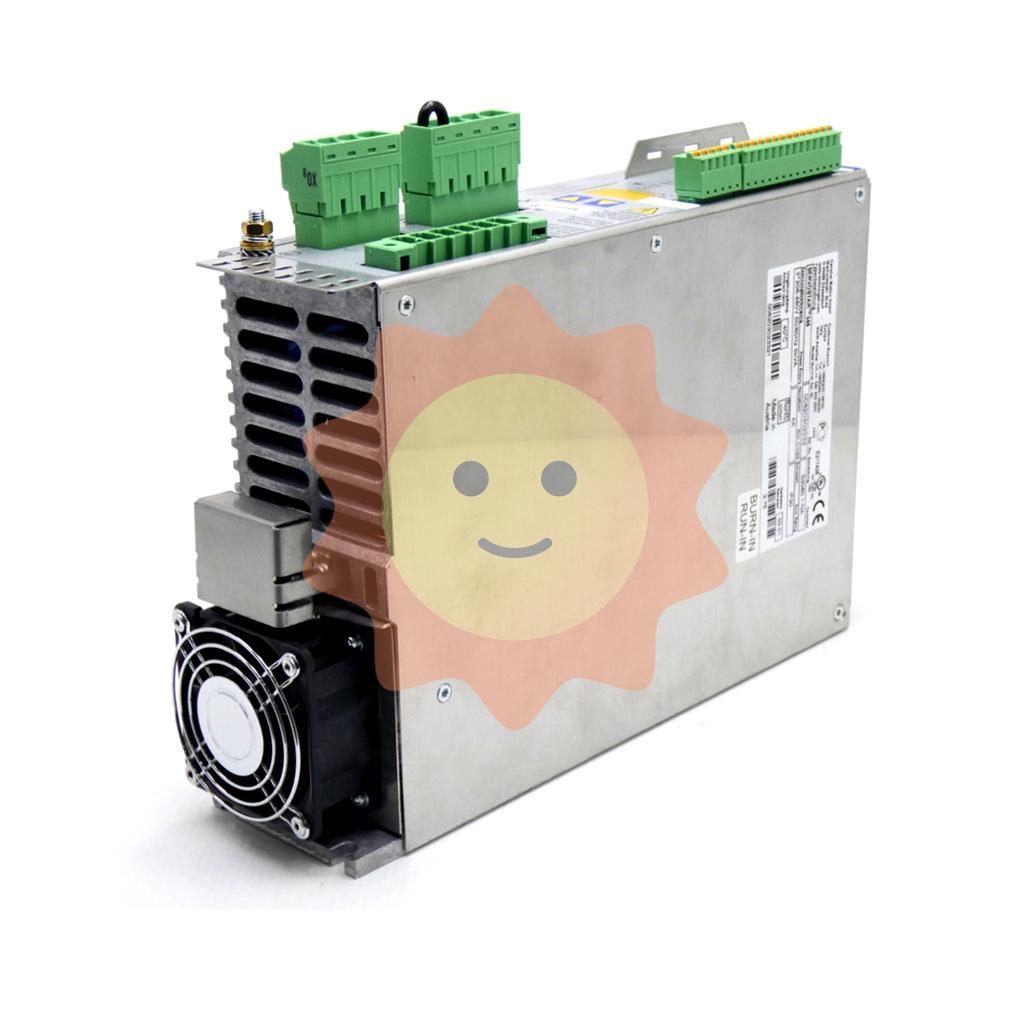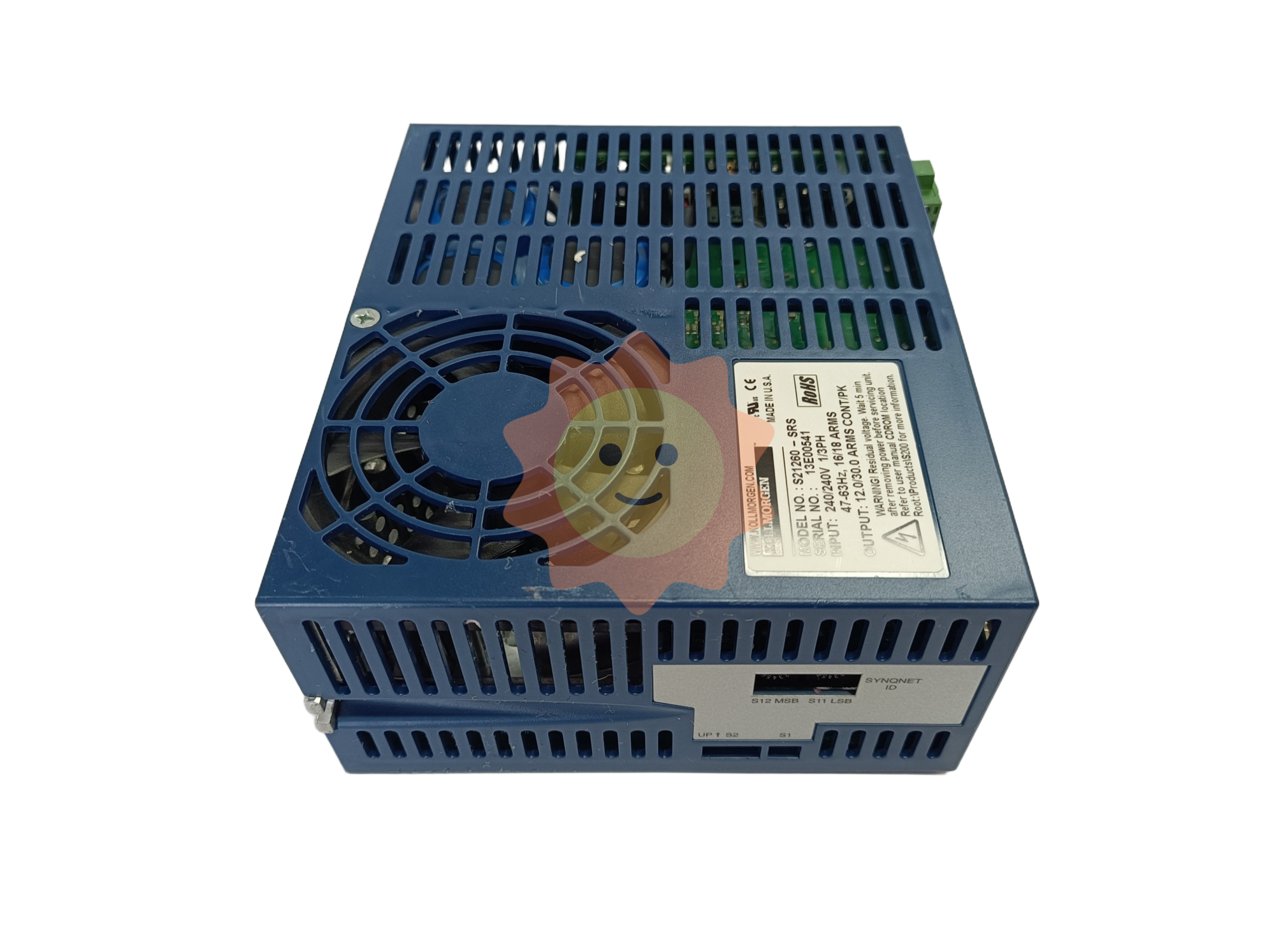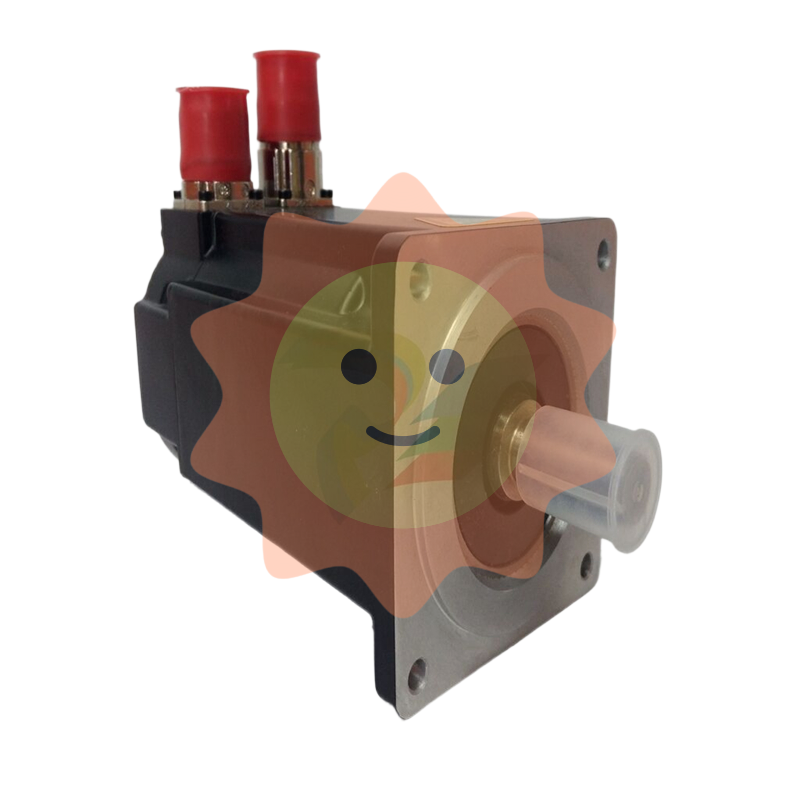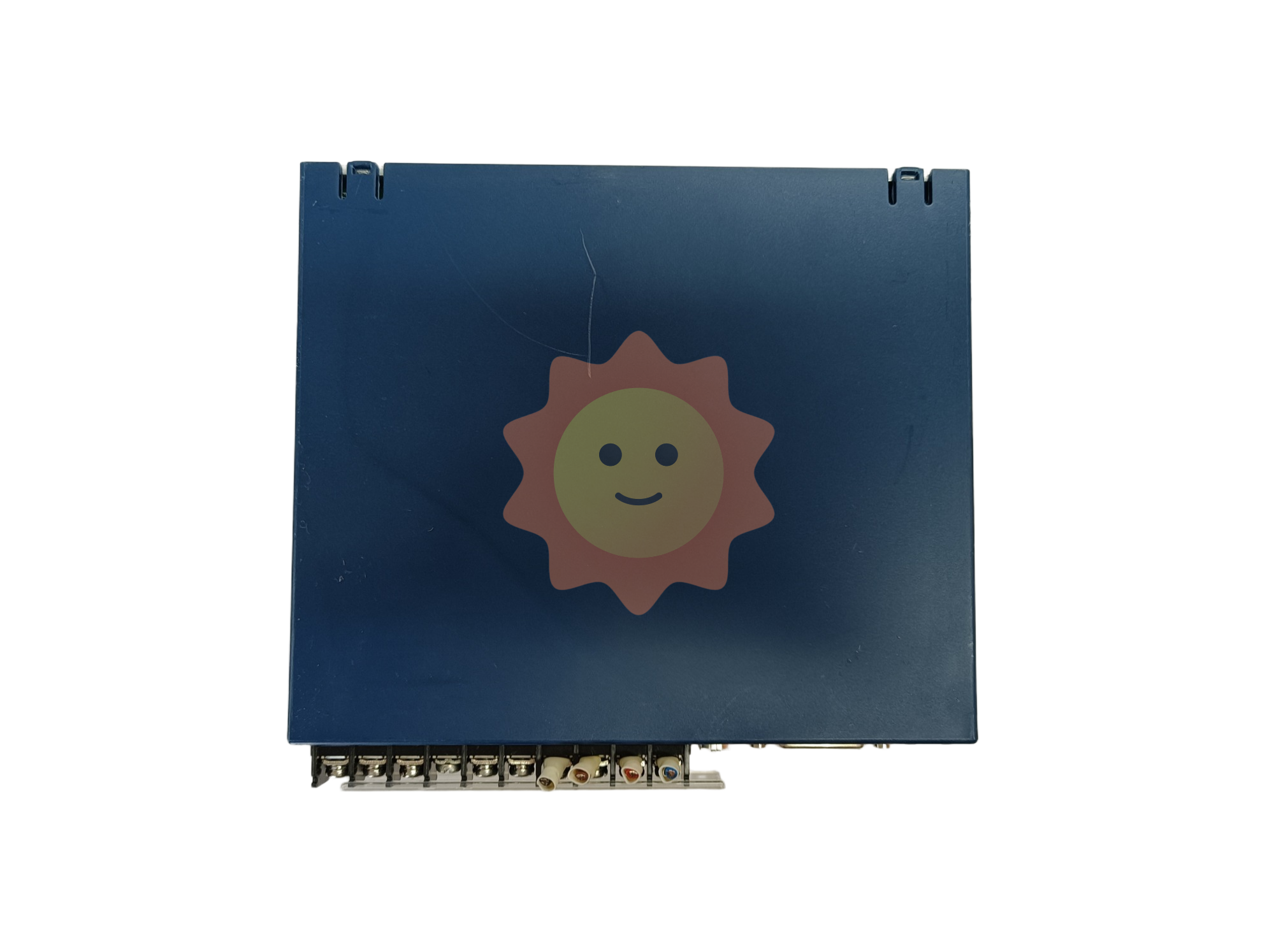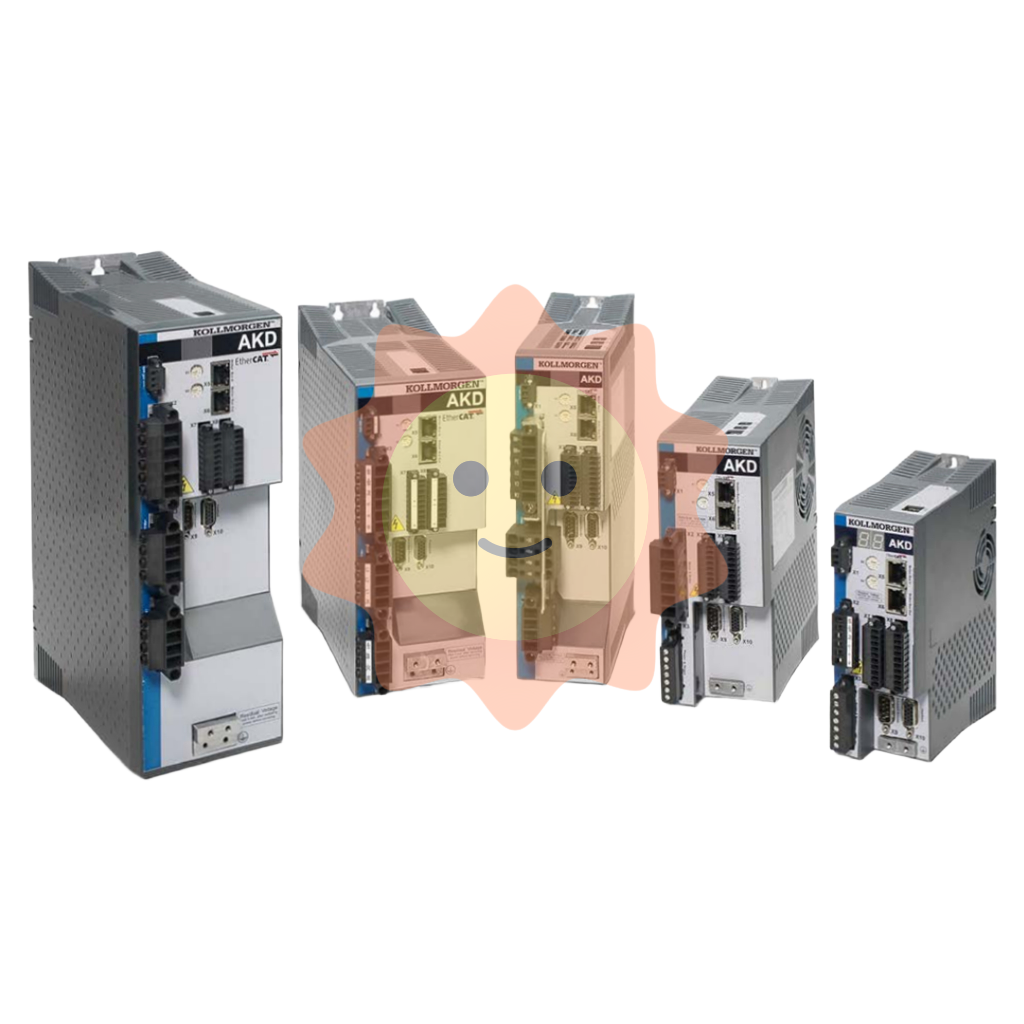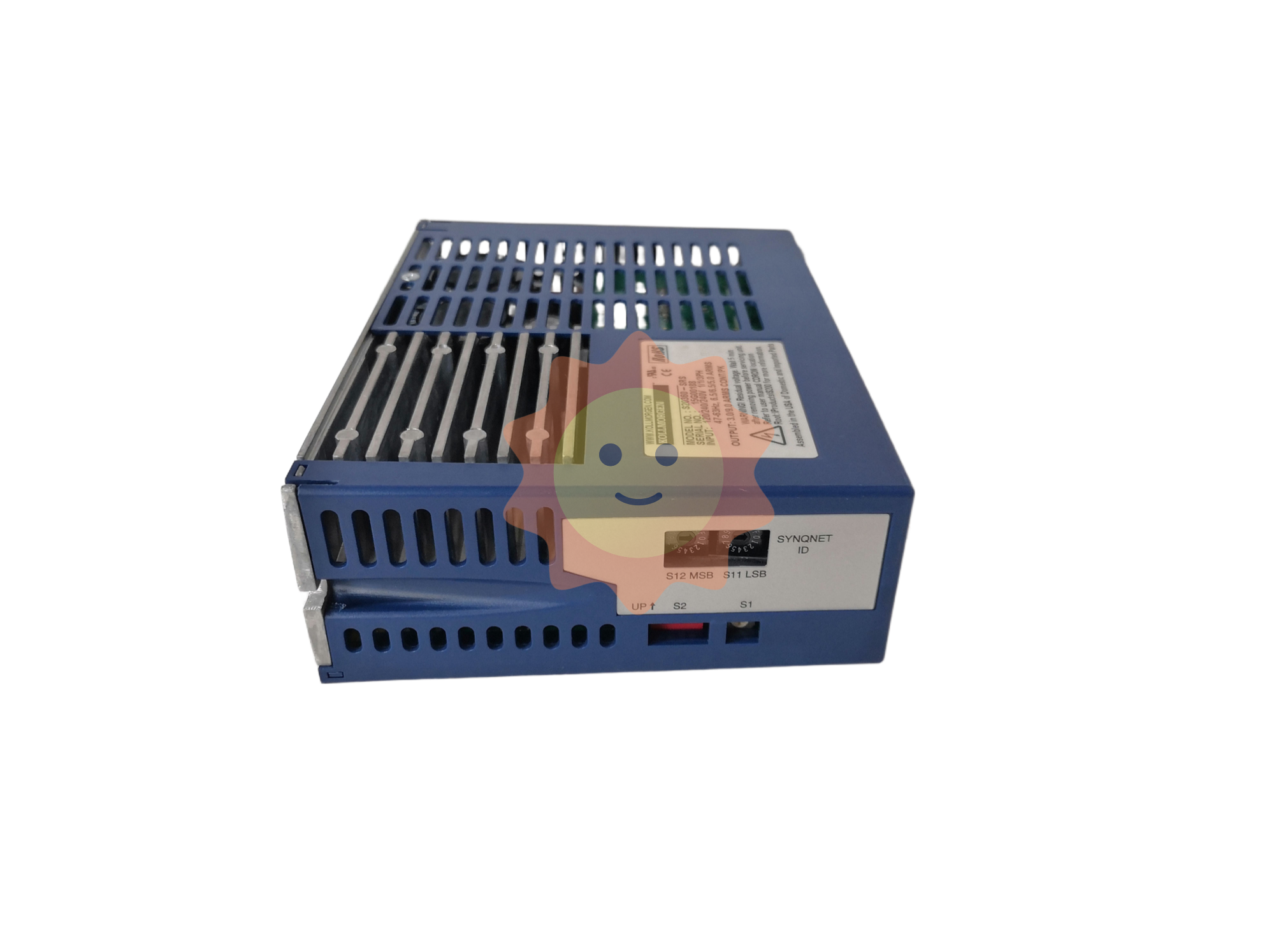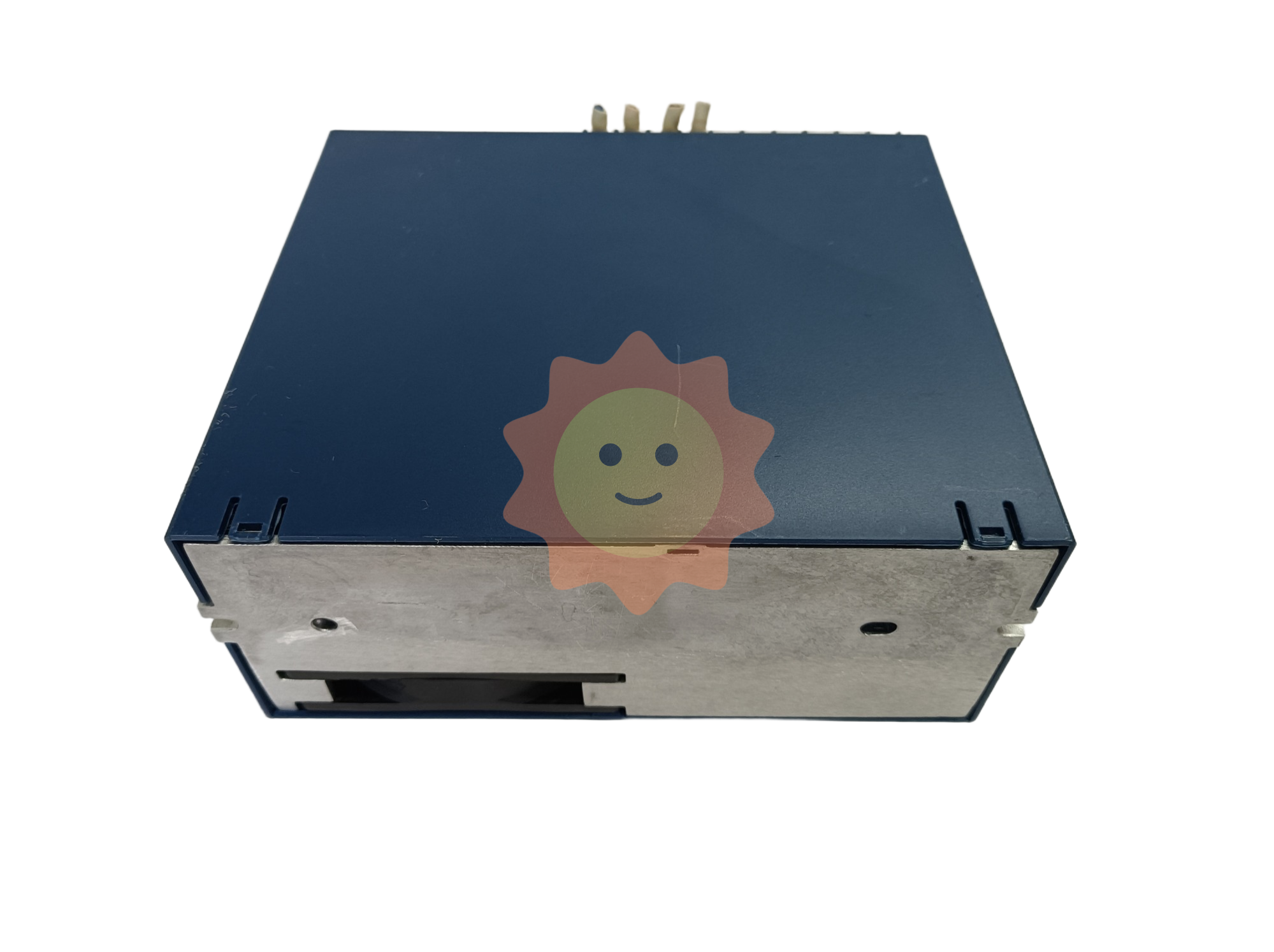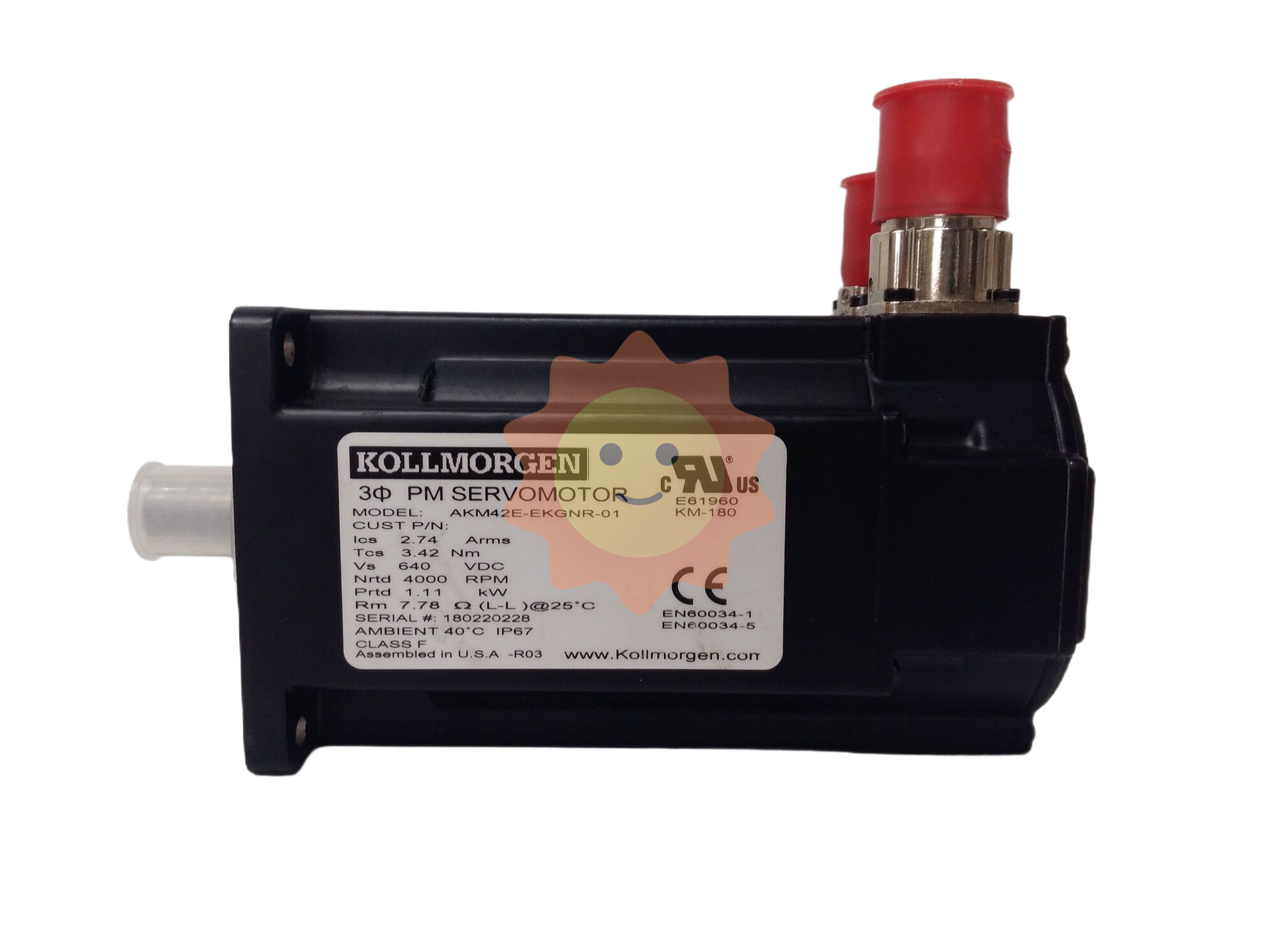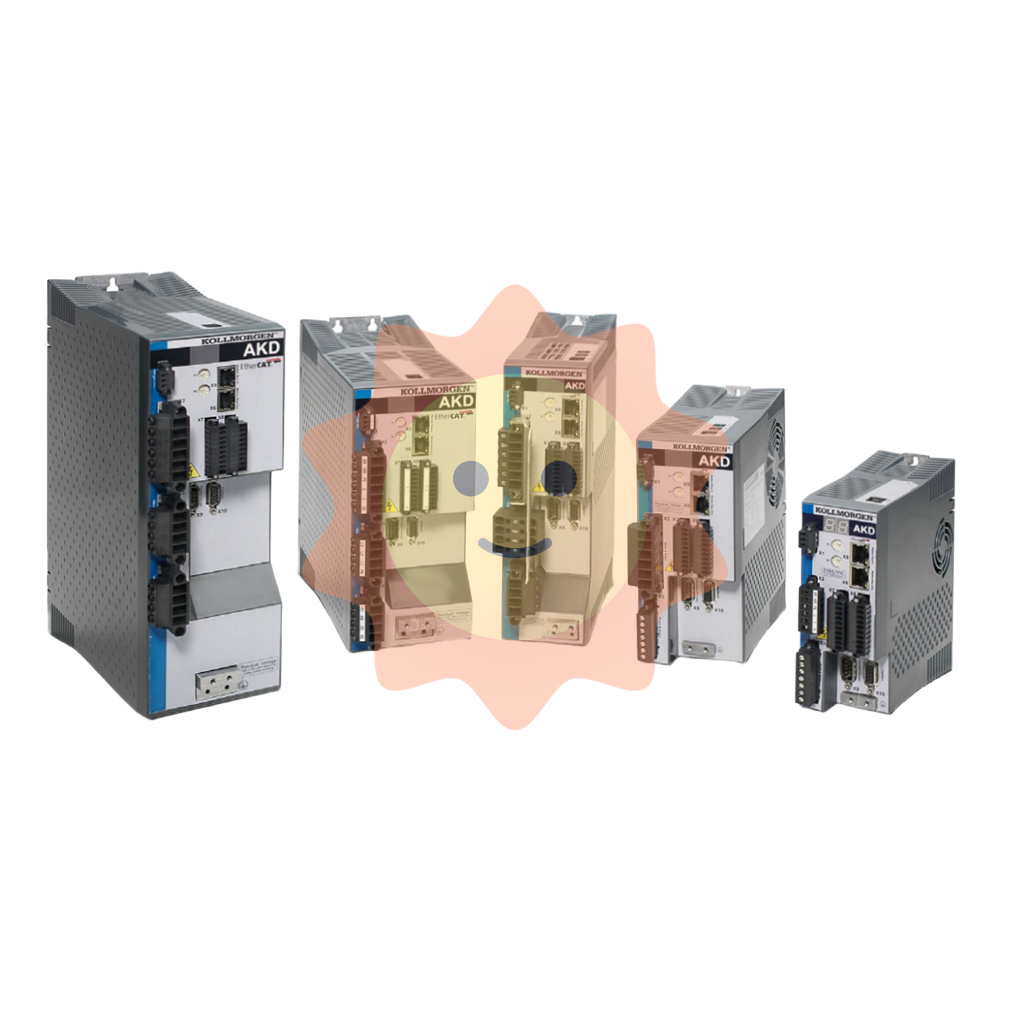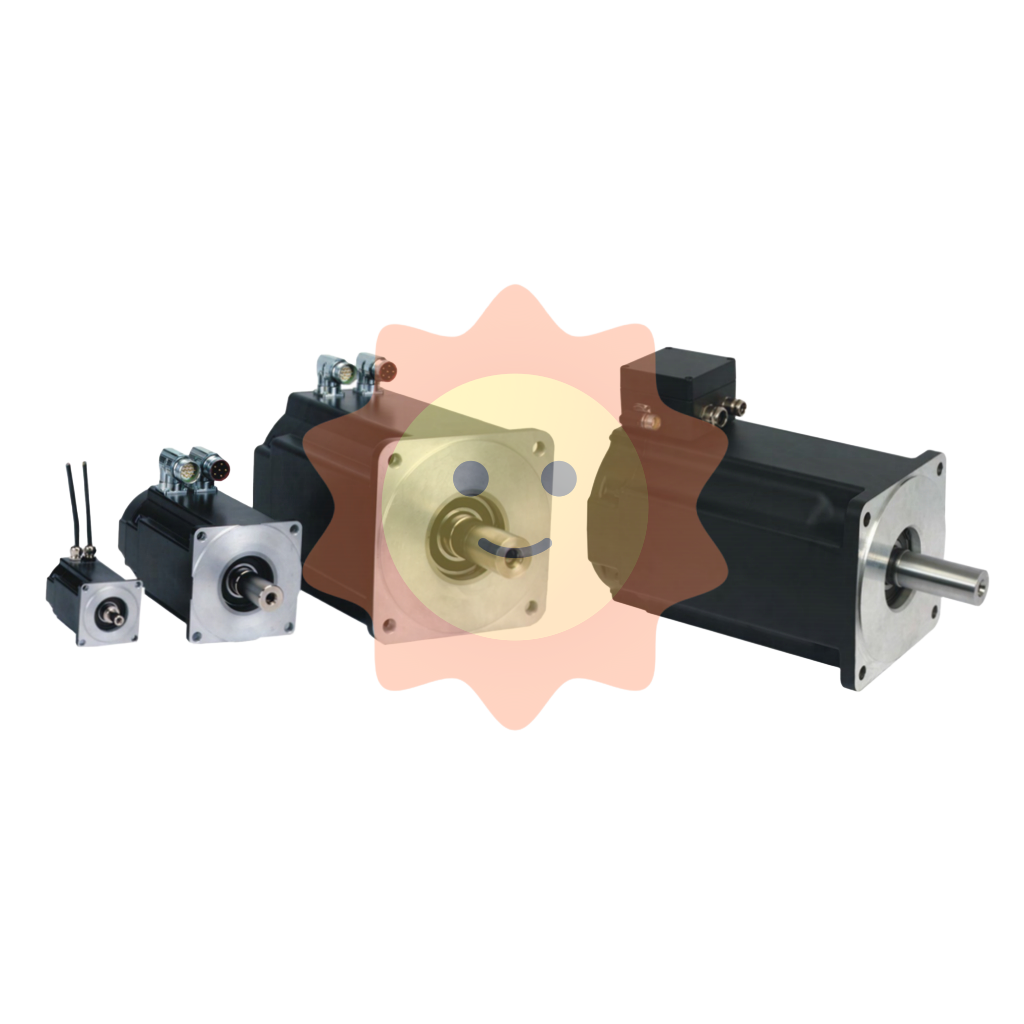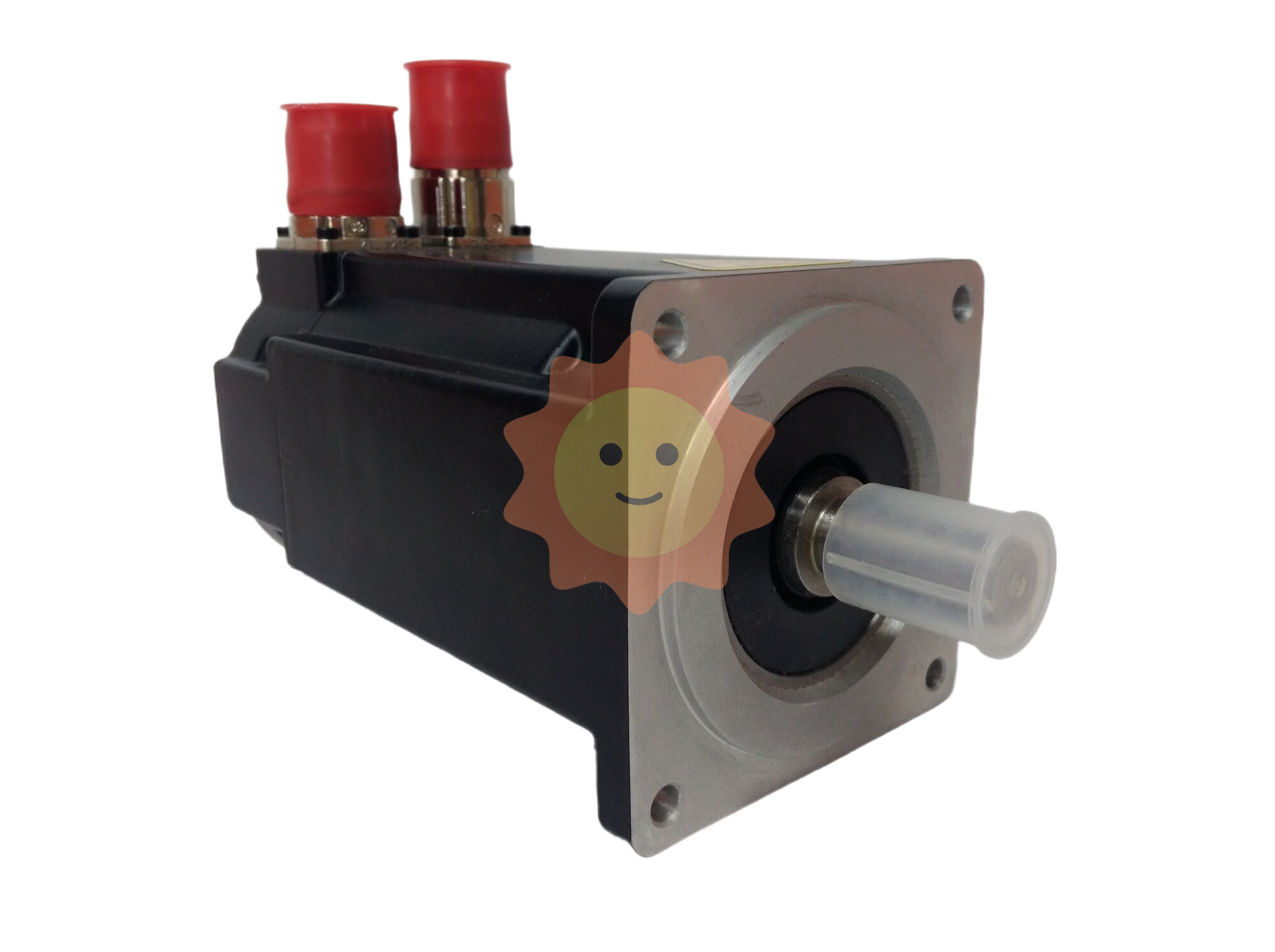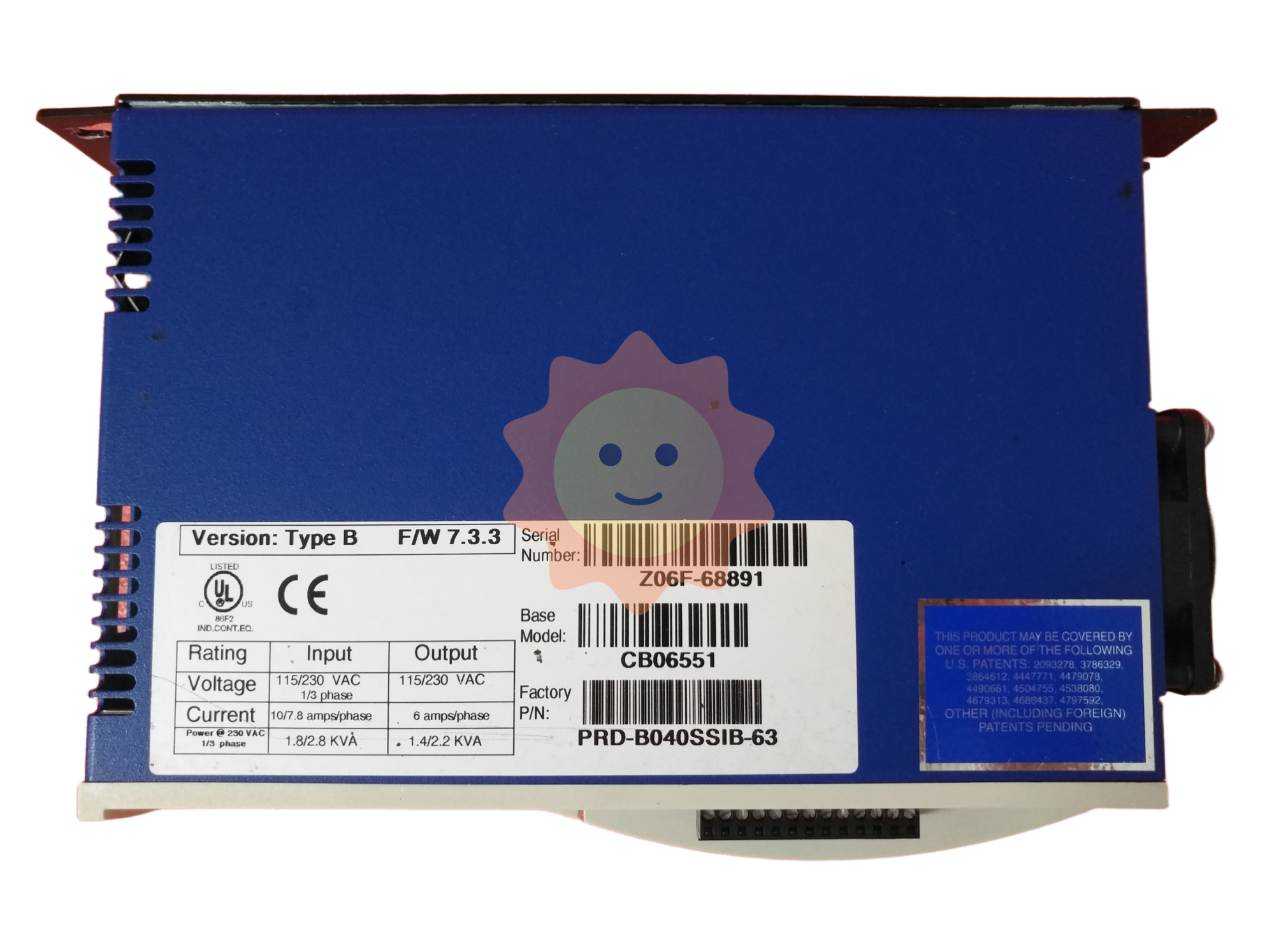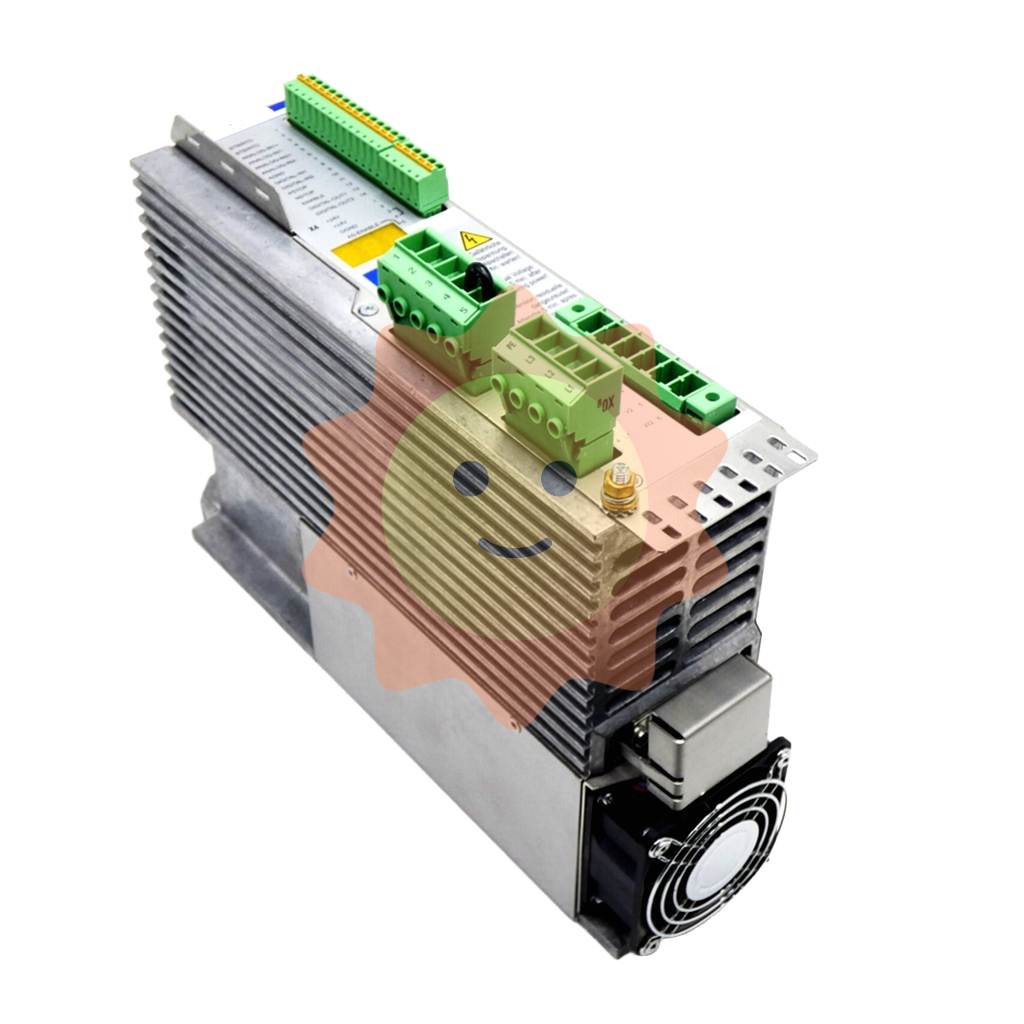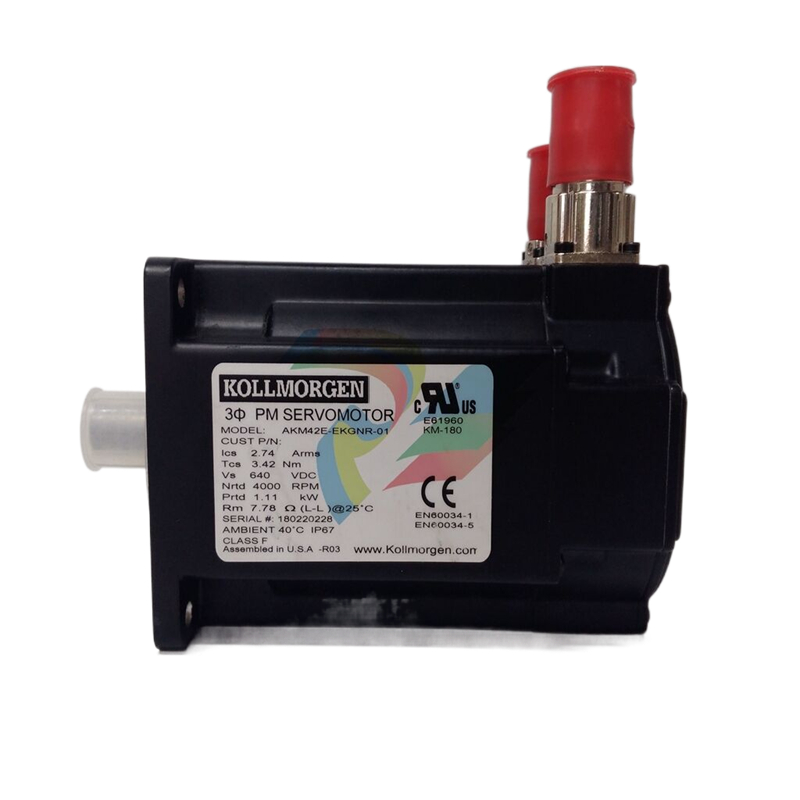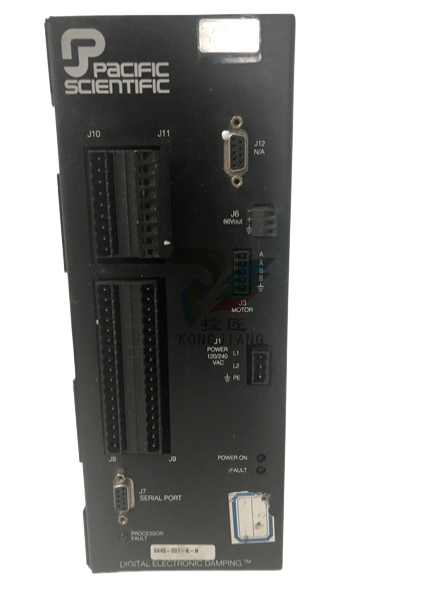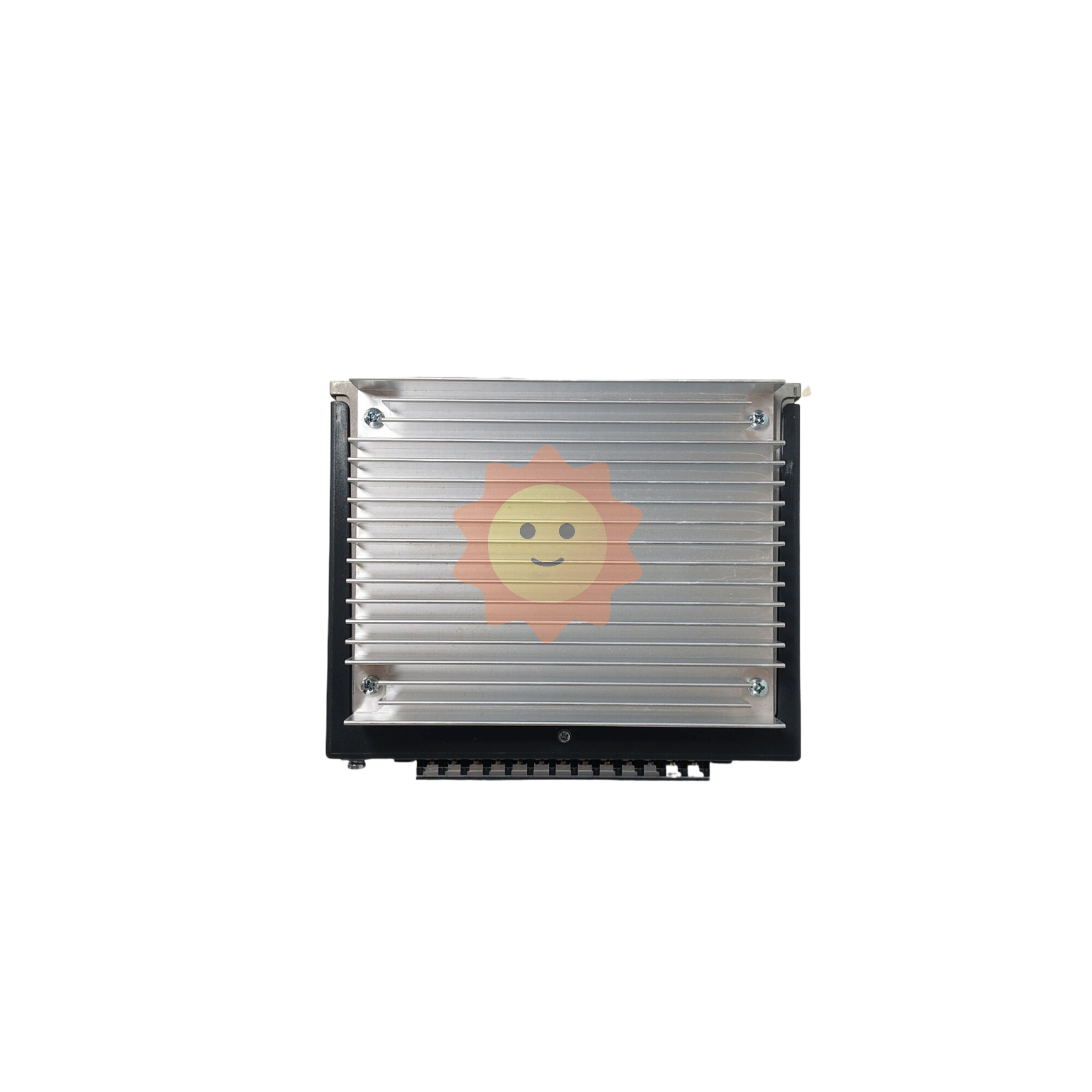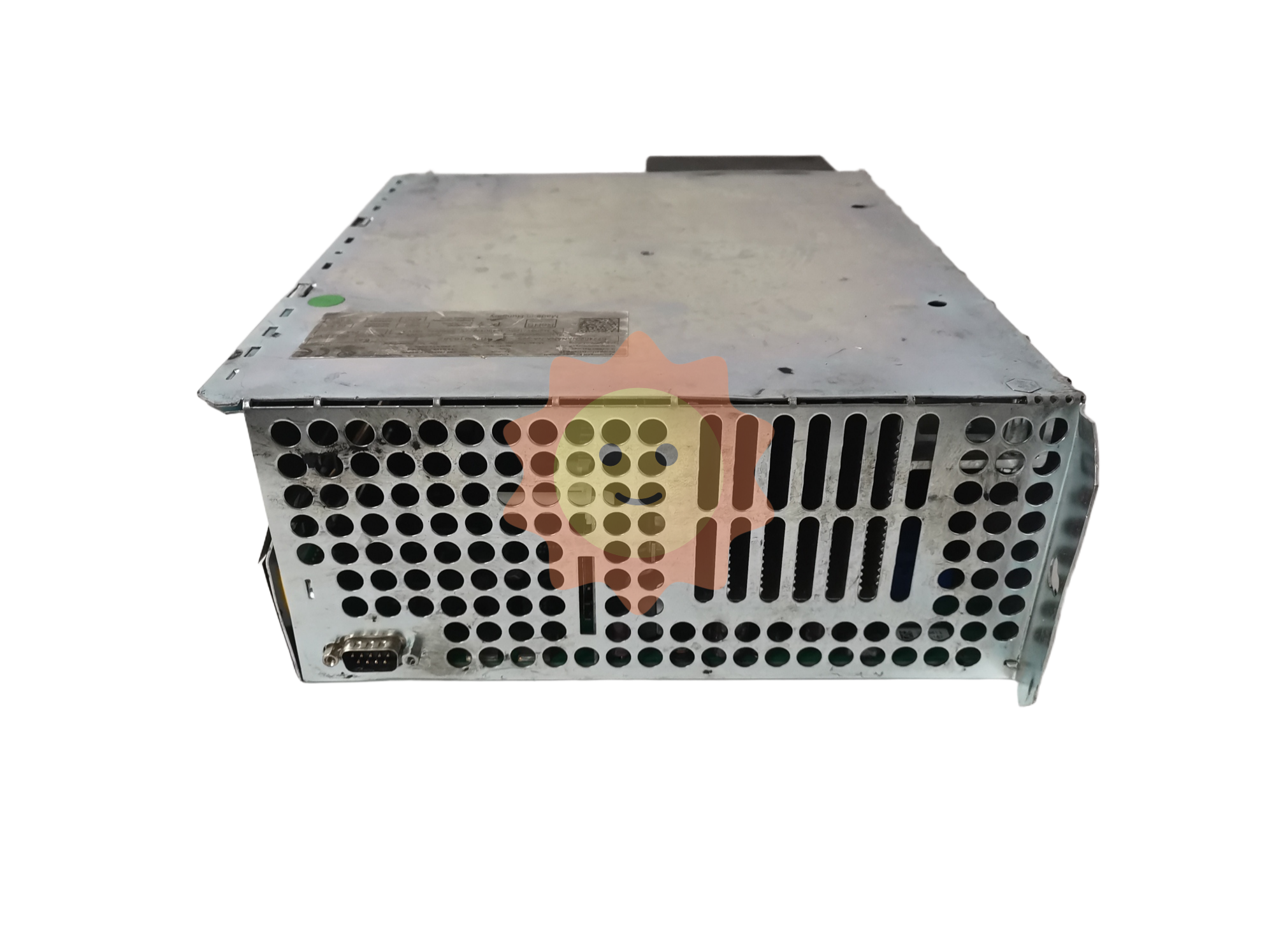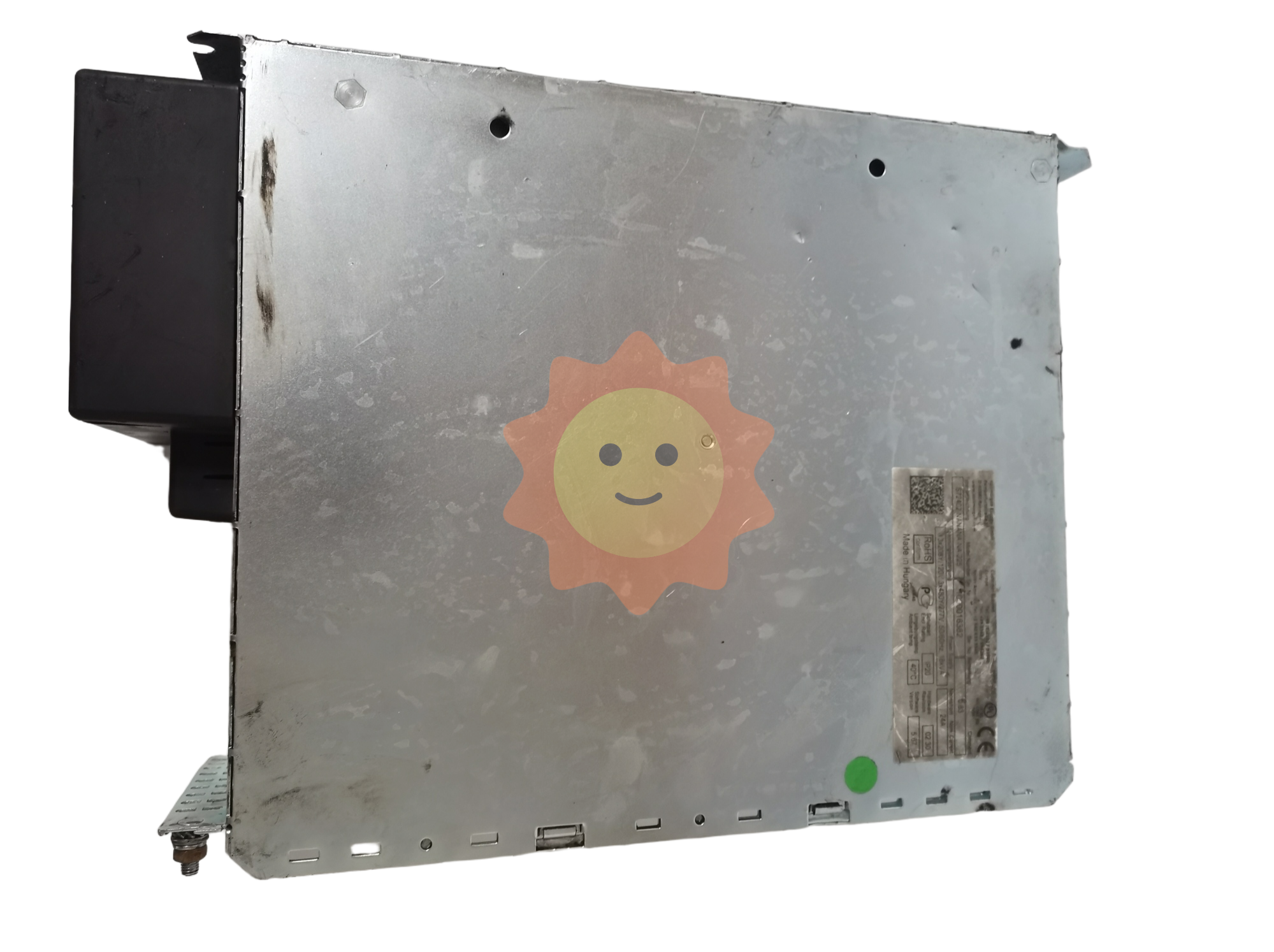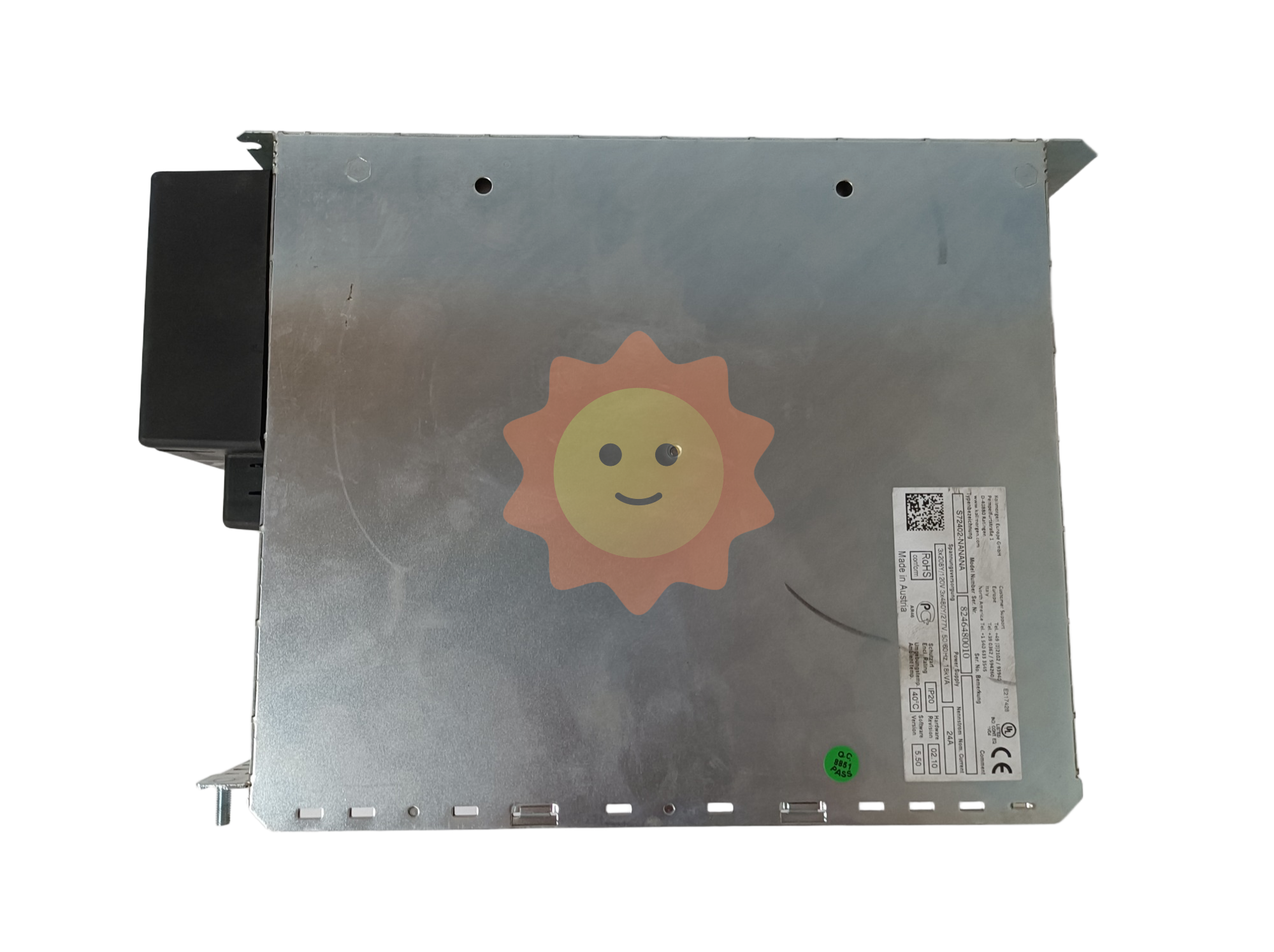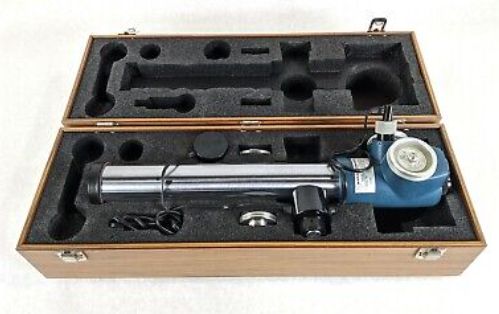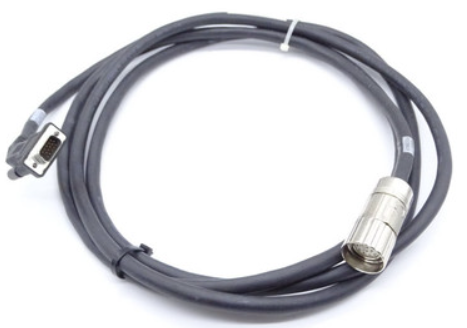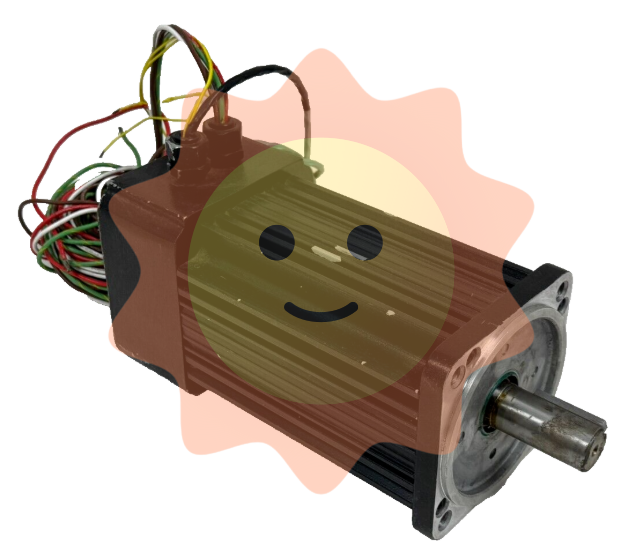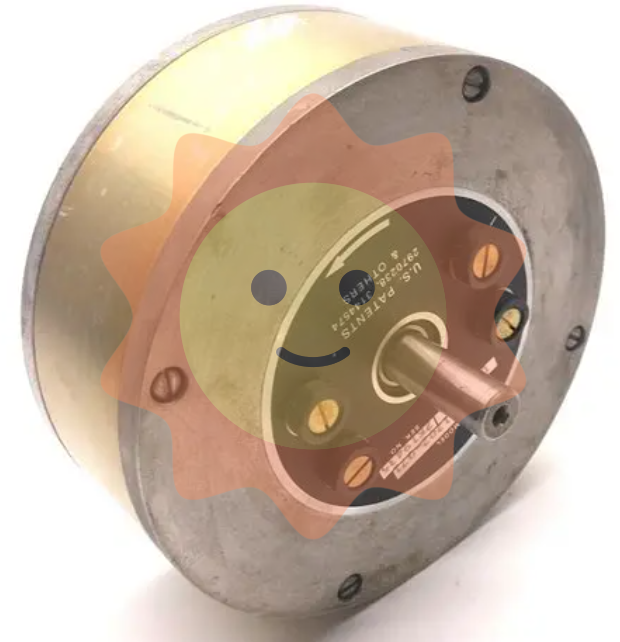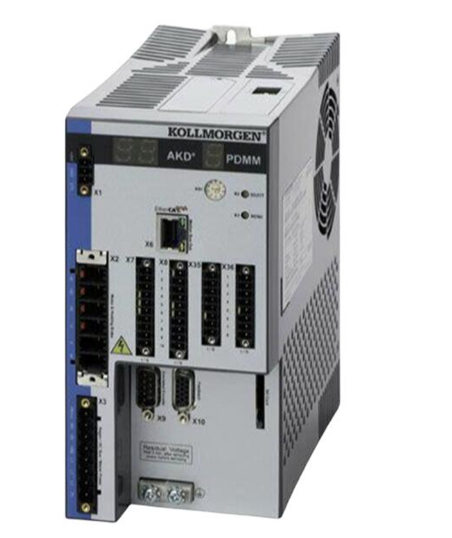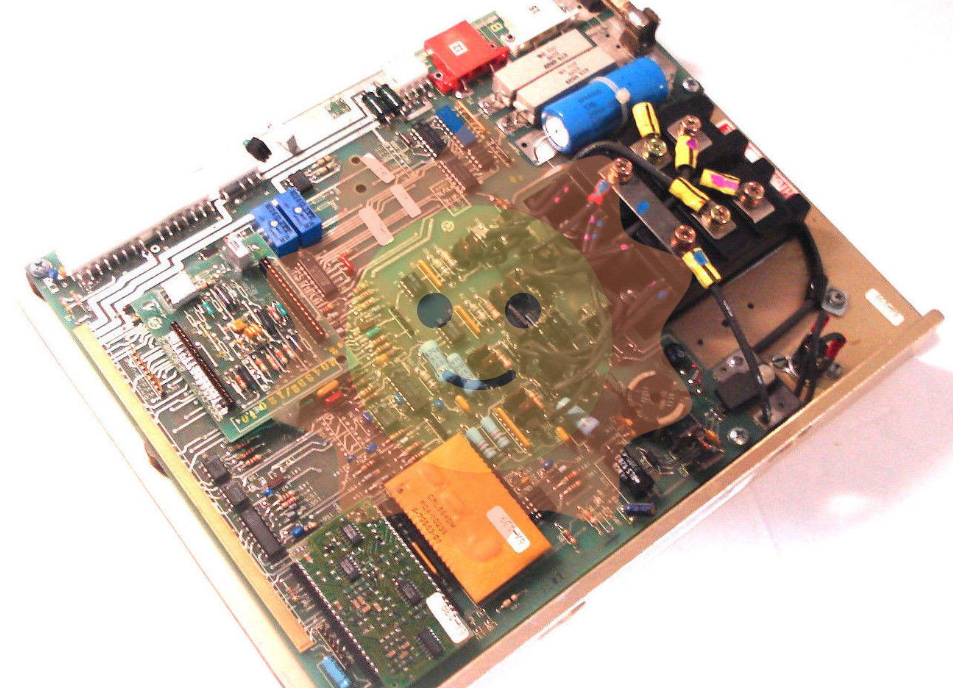The big "change" bureau of biomass power generation industry
A piece of paper caused a stir
A brief "supplementary notice" has aroused the concern of the entire biomass power generation industry, and investment institutions and biomass power generation companies even feel that they are "driven into the ice." So, what exactly does the Supplementary Notice say? The story starts much earlier.
According to the "supplementary notice", biomass power generation projects not only include agricultural and forestry biomass power generation projects generally considered in the industry, but also include waste incineration power generation projects and biogas power generation projects, so the coverage of this "supplementary notice" has greatly increased, after all, the attention of agricultural and forestry biomass power generation projects can not be mentioned in the same day as waste incineration power generation projects.
In fact, the news of the decline of subsidies in the biomass power generation industry, about two or three years ago, has triggered discussions in the industry, all kinds of rumors, and even some people say that the central financial subsidies will be cancelled in the next two to three years.
Until January 20 this year, the Ministry of Finance, the National Development and Reform Commission, and the National Energy Administration jointly issued the "Several Opinions on Promoting the healthy Development of Non-water renewable Energy power generation" (Caijian (2020) No. 4) (hereinafter referred to as No. 4), which really gave the industry enterprises to eat a reassuring.
No. 4 paper is only in principle to improve the current subsidy methods, improve the market allocation of resources and subsidy decline mechanism made statements, and did not substantially cancel biomass power generation project subsidies, because better than the industry expected, so No. 4 paper did not cause a fierce reaction in the industry.

When companies in the industry think that this matter has come to an end, they did not think that the "supplementary notice" was released, and a stone stirred up thousands of waves. According to the "subsidy Notice", the upper limit for biomass power generation projects to enjoy subsidies is "82,500 hours of reasonable utilization of the whole life cycle" or "15 years from the date of grid connection."
In other words, if the current level of operation is more common, that is, 7,500 hours per year, a single project can only enjoy 11 years of subsidies; Or to enjoy the full 15 years of subsidies, a single project can only be utilized for 5,500 hours a year, or 230 days a year.
At the same time, the Supplementary Notice also clearly stipulates the calculation method of project subsidized electricity, that is, "Subsidized electricity of the whole life cycle of the project = project capacity x reasonable utilization hours of the whole life cycle of the project". Among them, the project capacity is determined at the time of approval (filing) shall prevail, and if the actual project capacity is less than the approved (filing) capacity, the actual capacity shall prevail. That is to say, the way for enterprises to generate more electricity and earn more electricity price subsidies through "overissuing" within the specified time is blocked.
Can biomass power projects still make money?
After the issuance of the Supplementary Notice, the first reaction of the industry is, will the biomass power generation project still make money? To answer that question, we need to do some math.
Taking the relatively good profitable waste incineration power generation project as an example, in order to enable readers to simply understand, we only make a rough estimate here, and finally hope to draw the conclusion that how many years can a waste incineration power generation project recover the investment and the return rate of the whole life cycle of the project is.
First of all, on the investment side, according to the usual investment intensity of the current waste incineration power generation industry, we set the investment amount of a ton of waste to 400,000 yuan, then the total investment amount of a project of 1000 tons/day is 400 million yuan. According to the prevailing standard, 30% of the total investment is funded by the enterprise's own funds, that is, 120 million yuan, and 70% is financed by bank loans, that is, 280 million yuan. We assume that the loan interest rate is 4.9%, and the repayment starts from the first year of production, and the equivalent amount is repaid in 15 years.
Secondly, at the operation end, we still continue the above annual utilization hours of 7,500 hours (312 days), the power generation per ton of garbage into the plant is calculated according to 280 KWH/ton, and the waste disposal fee is calculated according to 80 yuan/ton, etc. If the production cycle is not considered, it can be calculated that the main business income of waste incineration power generation enterprises is about 86 million yuan per year.
What about the cost? For simplicity, assume that the annual operating cost (including consumables, spare parts, etc.) is 8 million yuan, the management cost is 8 million yuan, and the financial cost is estimated to be about 38 million yuan.
- EMERSON
- Honeywell
- CTI
- Rolls-Royce
- General Electric
- Woodward
- Yaskawa
- xYCOM
- Motorola
- Siemens
- Rockwell
- ABB
- B&R
- HIMA
- Construction site
- electricity
- Automobile market
- PLC
- DCS
- Motor drivers
- VSD
- Implications
- cement
- CO2
- CEM
- methane
- Artificial intelligence
- Titanic
- Solar energy
- Hydrogen fuel cell
- Hydrogen and fuel cells
- Hydrogen and oxygen fuel cells
- tyre
- Chemical fiber
- dynamo
- corpuscle
- Pulp and paper
- printing
- fossil
- FANUC
- Food and beverage
- Life science
- Sewage treatment
- Personal care
- electricity
- boats
- infrastructure
- Automobile industry
- metallurgy
- Nuclear power generation
- Geothermal power generation
- Water and wastewater
- Infrastructure construction
- Mine hazard
- steel
- papermaking
- Natural gas industry
- Infrastructure construction
- Power and energy
- Rubber and plastic
- Renewable energy
- pharmacy
- mining
- Plastic industry
- Schneider
- Kongsberg
- NI
- Wind energy
- International petroleum
- International new energy network
- gas
- WATLOW
- ProSoft
- SEW
- wind
- ADVANCED
- Reliance
- YOKOGAWA
- TRICONEX
- FOXBORO
- METSO
- MAN
- Advantest
- ADVANCED
- ALSTOM
- Control Wave
- AB
- AMAT
- STUDER
- KONGSBERG
- MOTOROLA
- DANAHER MOTION
- Bently
- Galil
- EATON
- MOLEX
- Triconex
- DEIF
- B&W
- ZYGO
- Aerotech
- DANFOSS
- KOLLMORGEN
- Beijer
- Endress+Hauser
- MOOG
- KB


Email:wang@kongjiangauto.com



